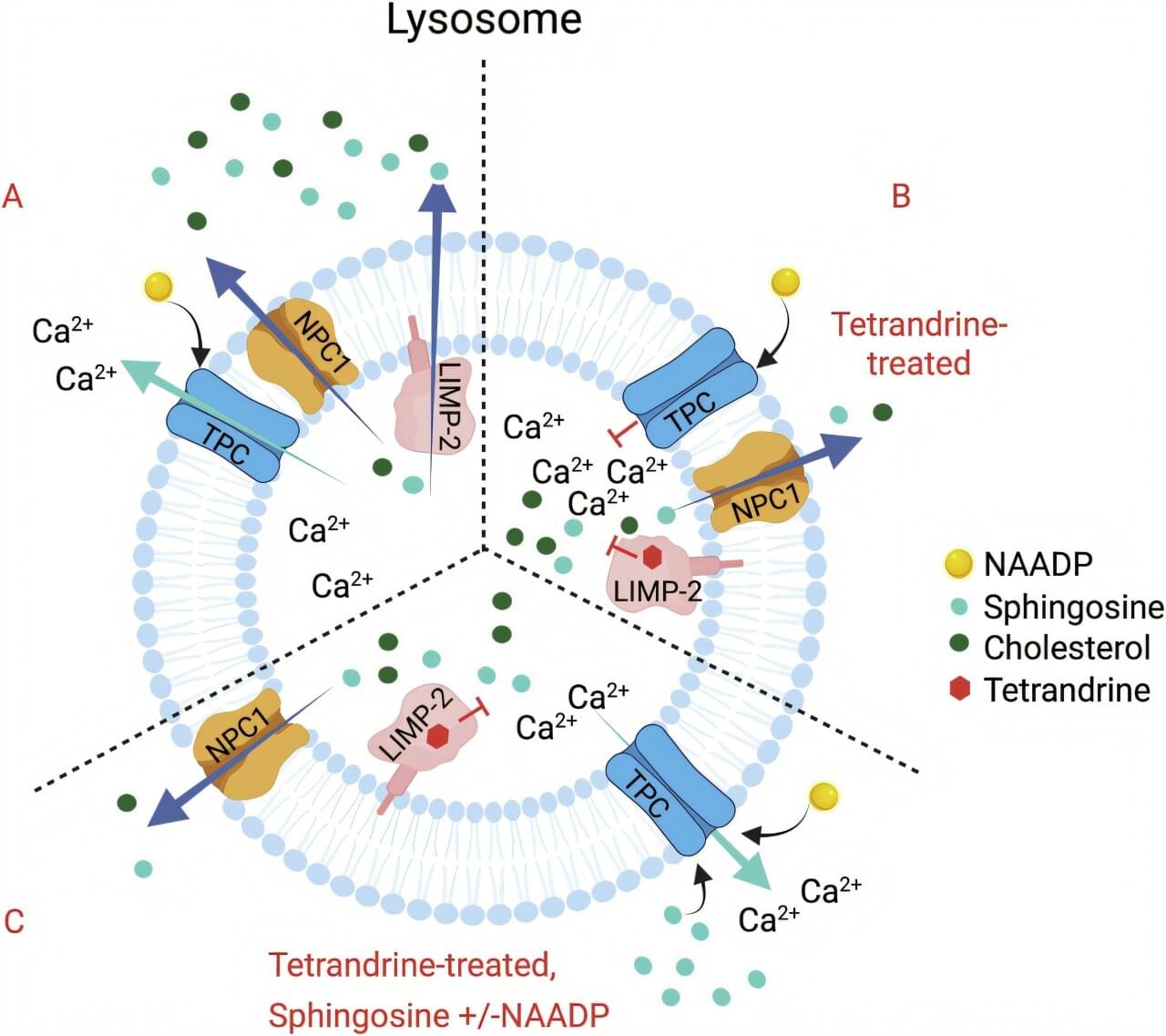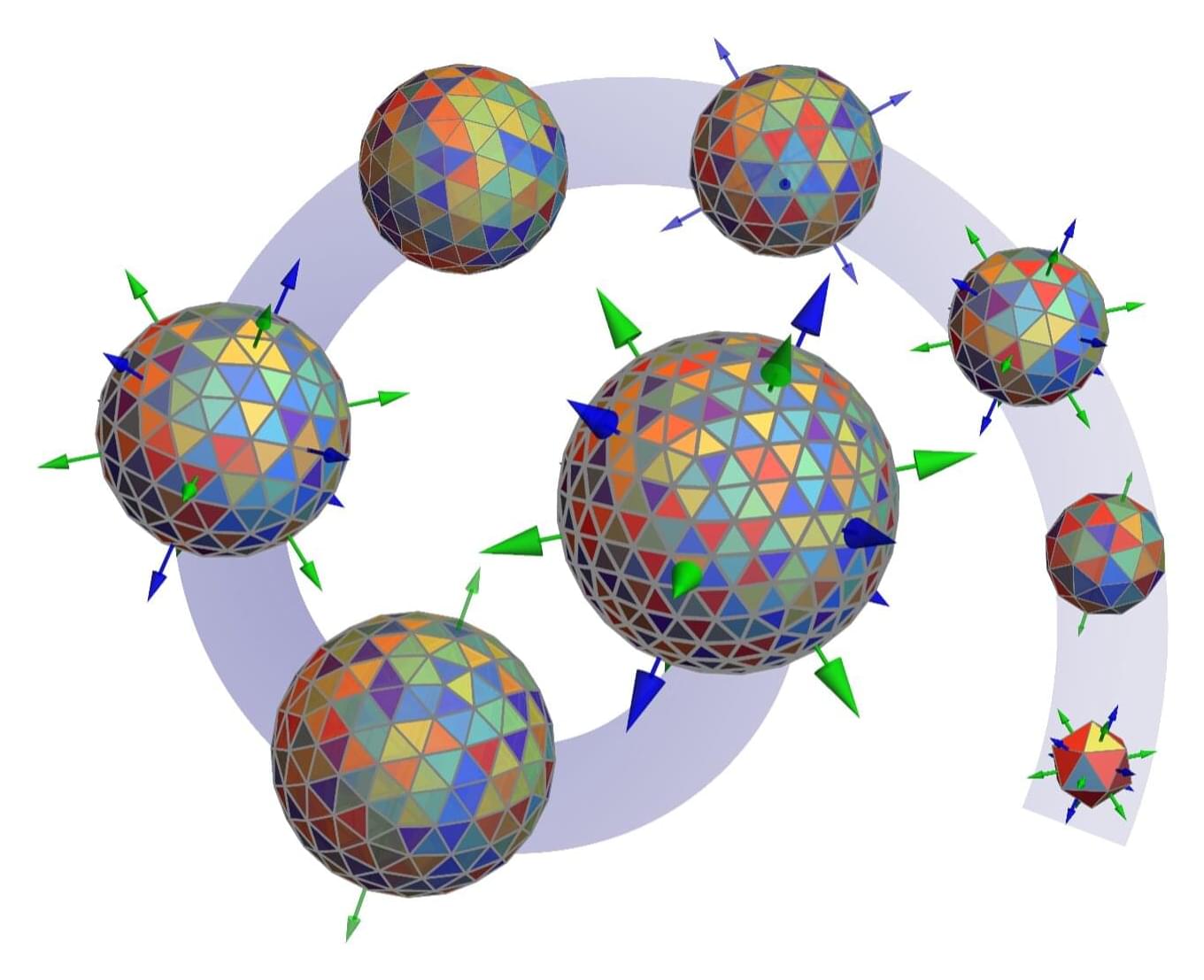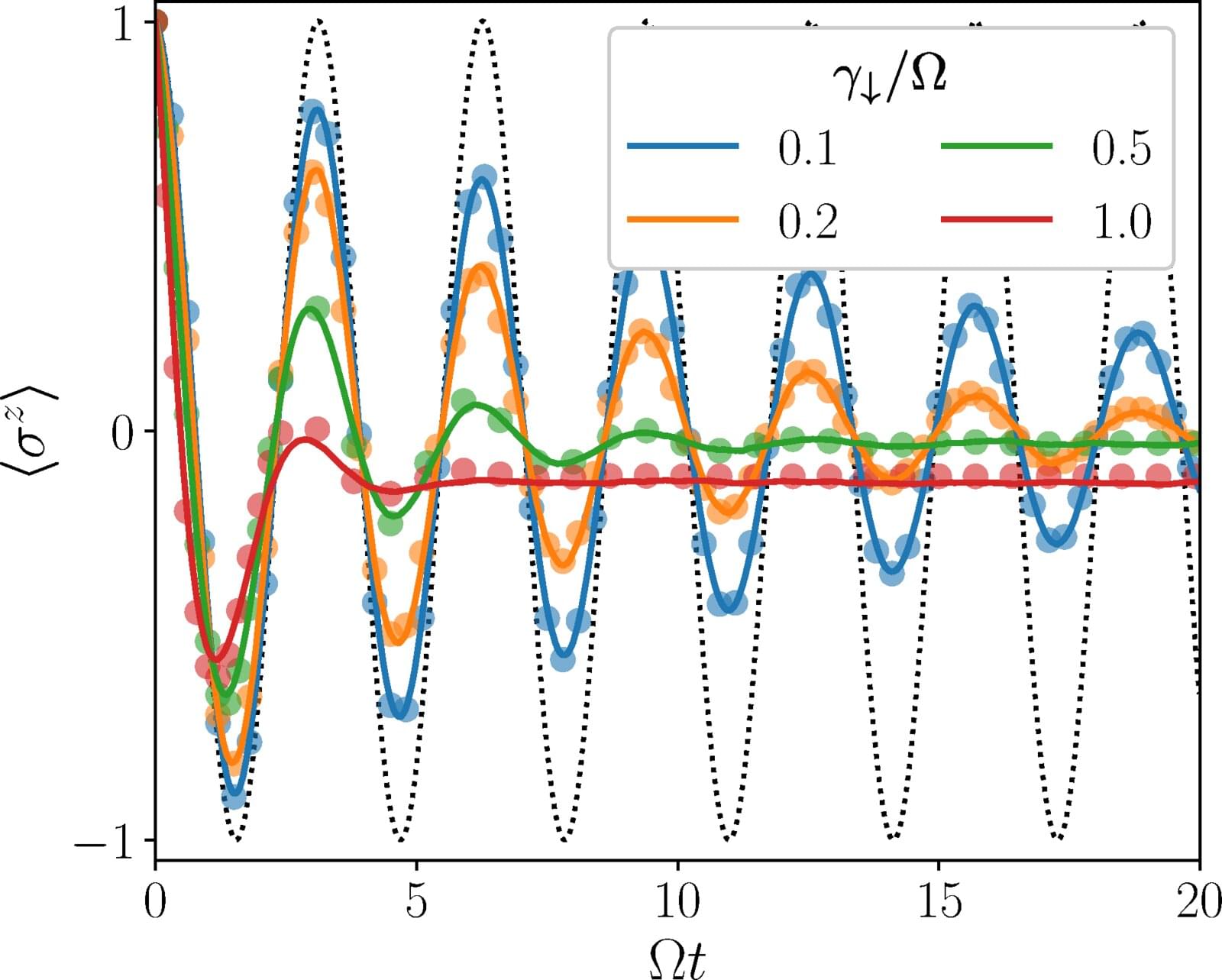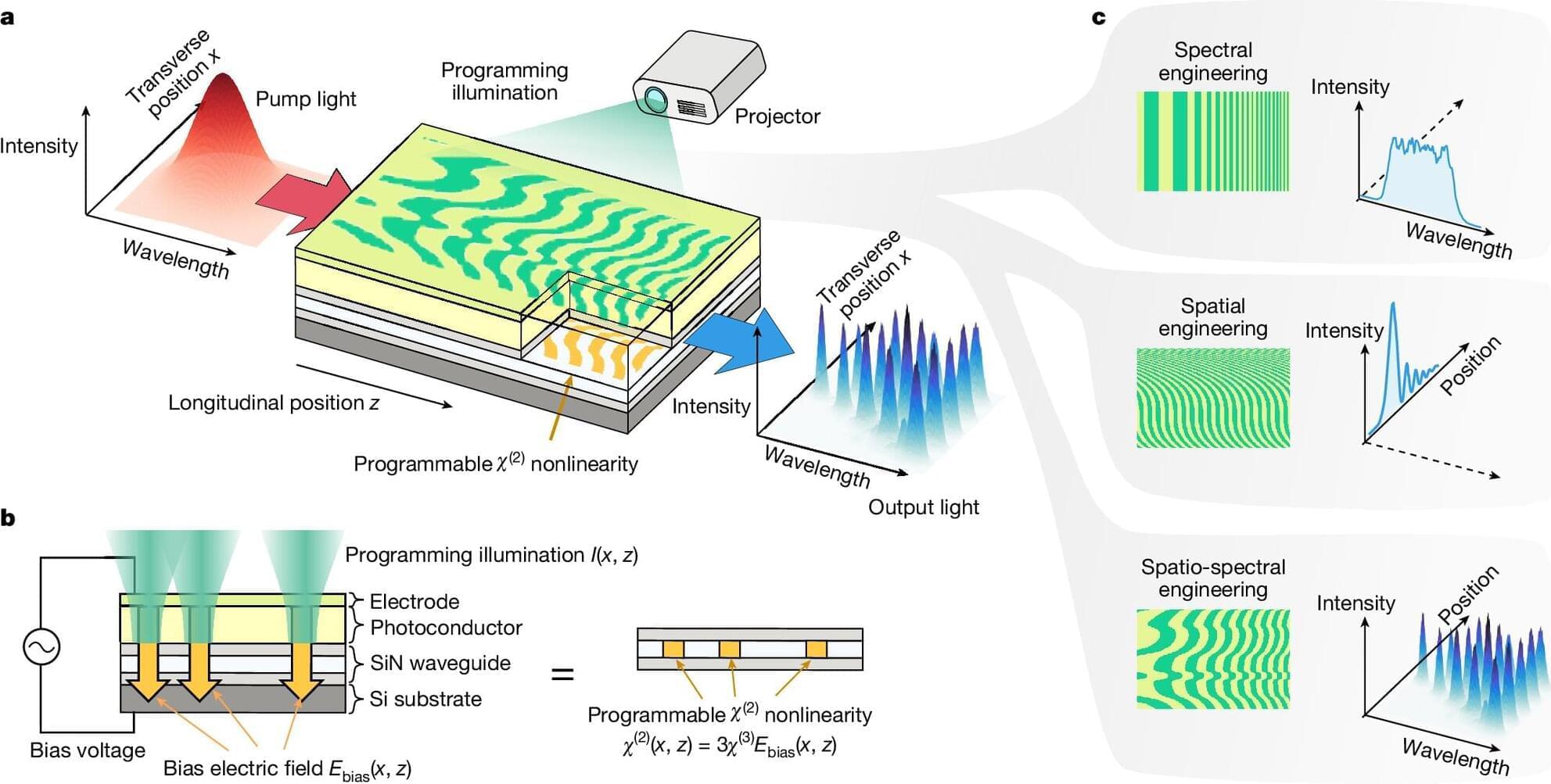With this discovery, the researchers propose that tetrandrine can be used to disrupt processes critical to the survival and replication of viruses, such as Ebola and COVID-19, by targeting LIMP-2 to alter lysosomal calcium release.
Importantly, these findings highlight lysosome-related mechanisms as a new frontier for drug discovery, offering novel strategies for treating diseases caused by calcium imbalance, including neurodegenerative disorders like Alzheimer’s and Parkinson’s, as well as certain metastatic cancers.
Prof. Ko said, “This is the first time a function of LIMP-2 in calcium signaling has been uncovered. From a cell biology perspective, our study has revealed a completely new pathway for NAADP-regulated calcium signaling, through LIMP-2 and sphingosine. From an anti-viral treatment perspective, the study has identified LIMP-2 as a key target of tetrandrine for the treatment of Ebola virus infection, with broader applications in other antiviral therapies.”









